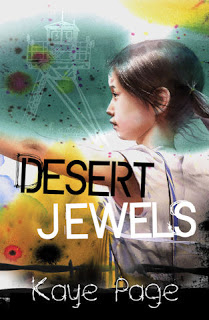How long has a been since you
visited a museum dedicated just to you? Not to you as an individual, of course,
but to your creative calling as a writer? If the answer is “never” or “not
lately,” you should check out the American Writers Museum in downtown Chicago.
First, some vital information.
Location: 180 N. Michigan
Avenue. Two blocks north of Millennium Station, this is easy access for
visitors coming from Indiana by the South Shore train.
Hours: Monday–Friday, 9
am–5 pm. Unfortunately there are no weekend hours, but if you need time off from
your day job for mental health purposes, this is a good place to go. It is also
a good place to take the children for a summer outing.
Tickets: $12 for adults,
$8 for seniors 65 and up, $8 for students with a valid ID, and free for
children 12 and under. Ticket sales end 30 minutes before closing.
Memberships: $40 for one year
and $70 for two years.
Website: www.americanwritersmuseum.org.
Telephone: (312) 374-8790.
It takes a minimum of two hours to
do the museum justice, and you may want to consider spending three to four hours
there. Here is a quick look at the exhibits.
A Nation of
Writers:
This permanent exhibit features information on 100 American authors who
illustrate how American writing evolved and flourished. It also reminds us that
memorable writing can be long or short, fact or fiction.
The Mind of a
Writer:
This fun, interactive permanent exhibit offers insights into how writers think,
exploring daily discipline and habits as well as how authors use language to
make their writing sing.
Readers’ Hall: Learn about the
critical role of the reader in this permanent exhibit, and vote for your
favorite book.
Children’s
Literature Gallery:
This permanent exhibit highlights some of the best American children’s
literature and helps children discover how and why each of those books was
written. Only a few books are covered and your favorites may have been omitted,
but the exhibit does a good job of selecting books that represent various
categories.
Wintrust Chicago
Gallery:
Another permanent exhibit, this gallery provides information on selected
Chicago writers.
Laura Ingalls
Wilder: From Prairie to Page: This is a temporary exhibit that is only
scheduled through Spring 2018. The website does not contain an exact closing
date or information on what will replace it. If you can make it while the
exhibit is still open, however, you will learn about the forces that shaped Laura
Ingalls Wilder and her books.
Capturing Stories:
Photographs of Writers by Art Shay: This is also billed as a temporary
exhibit but doesn’t list a closing date. The exhibit consists of Art Shay’s
photographs of well-known American authors.
So
find time to visit the museum that celebrates you.




